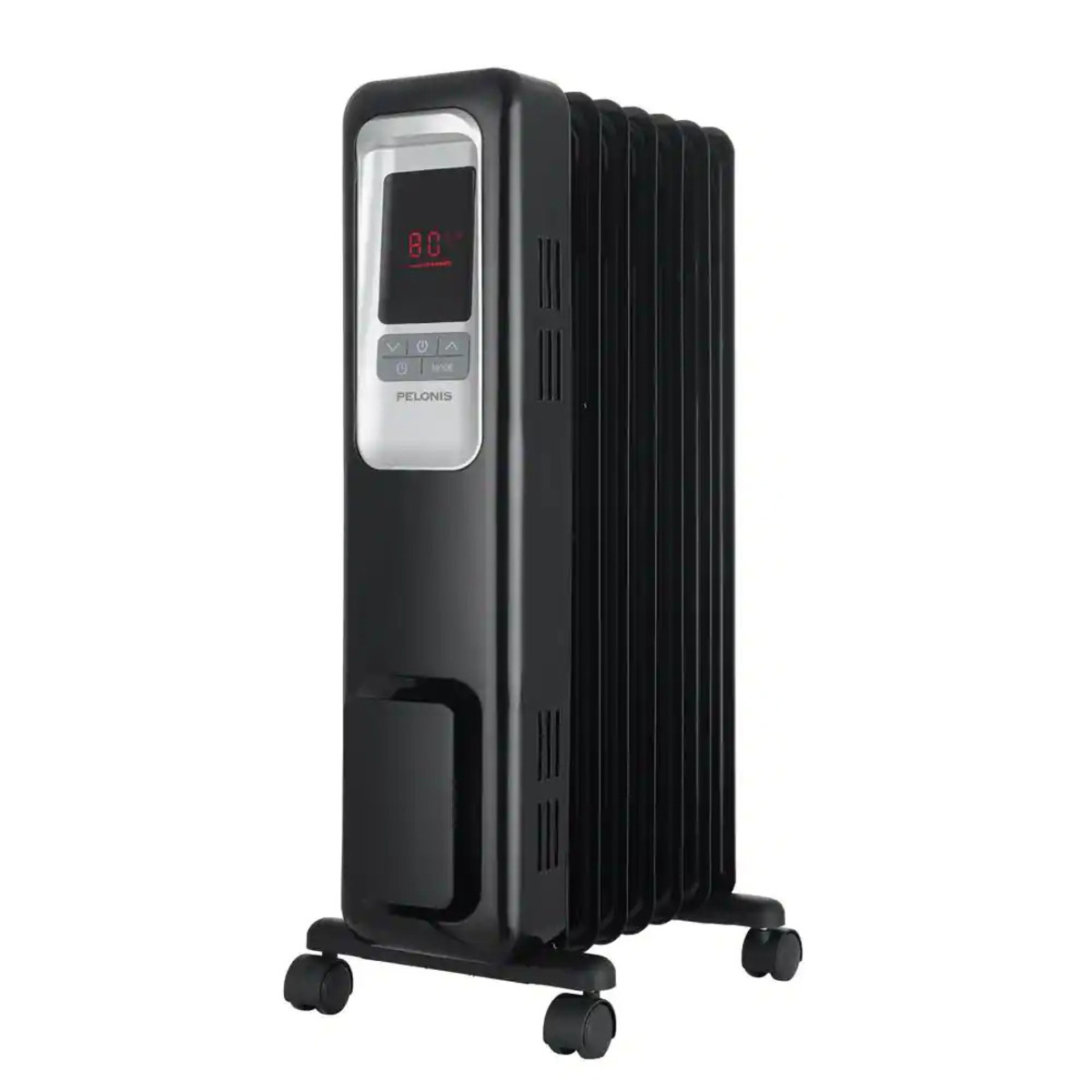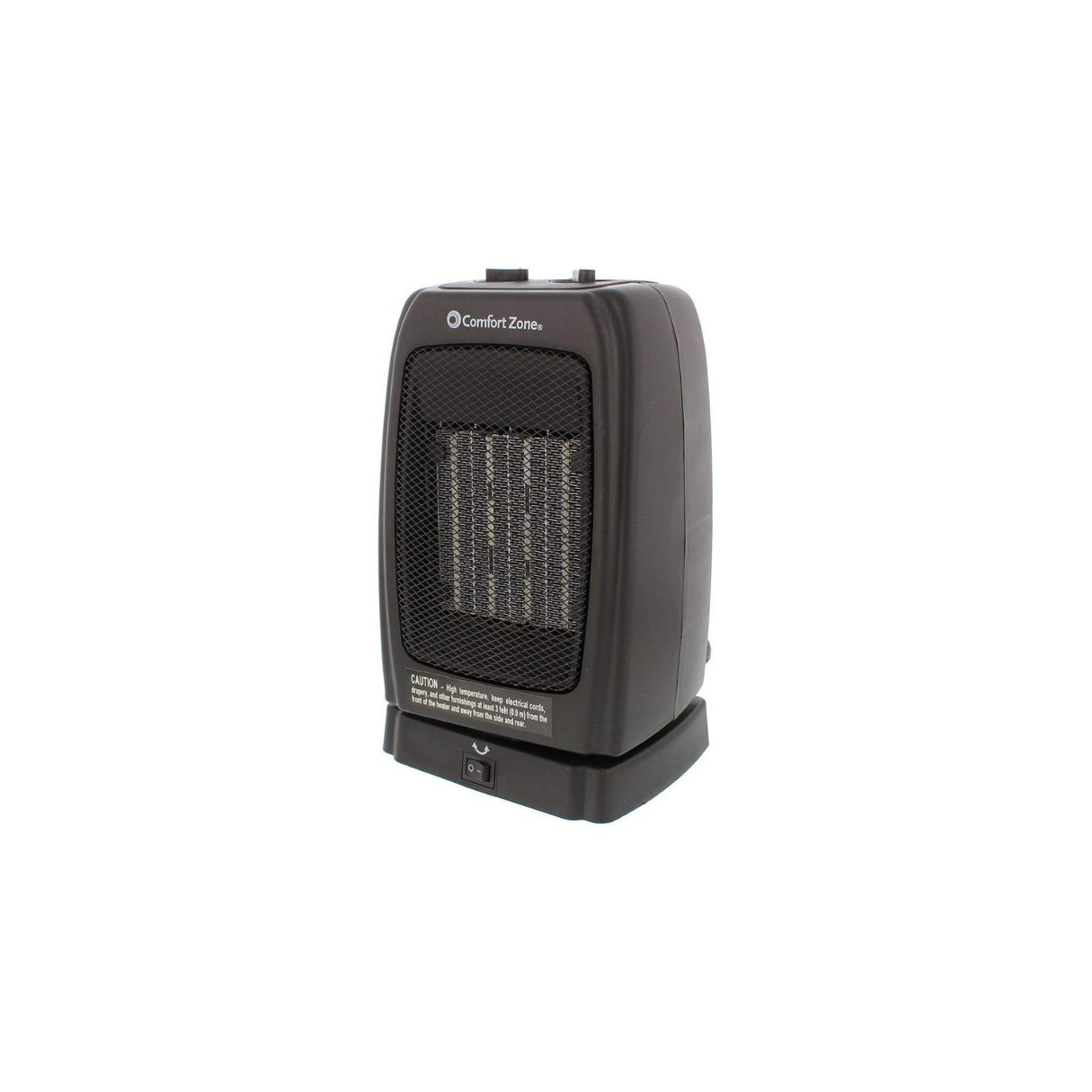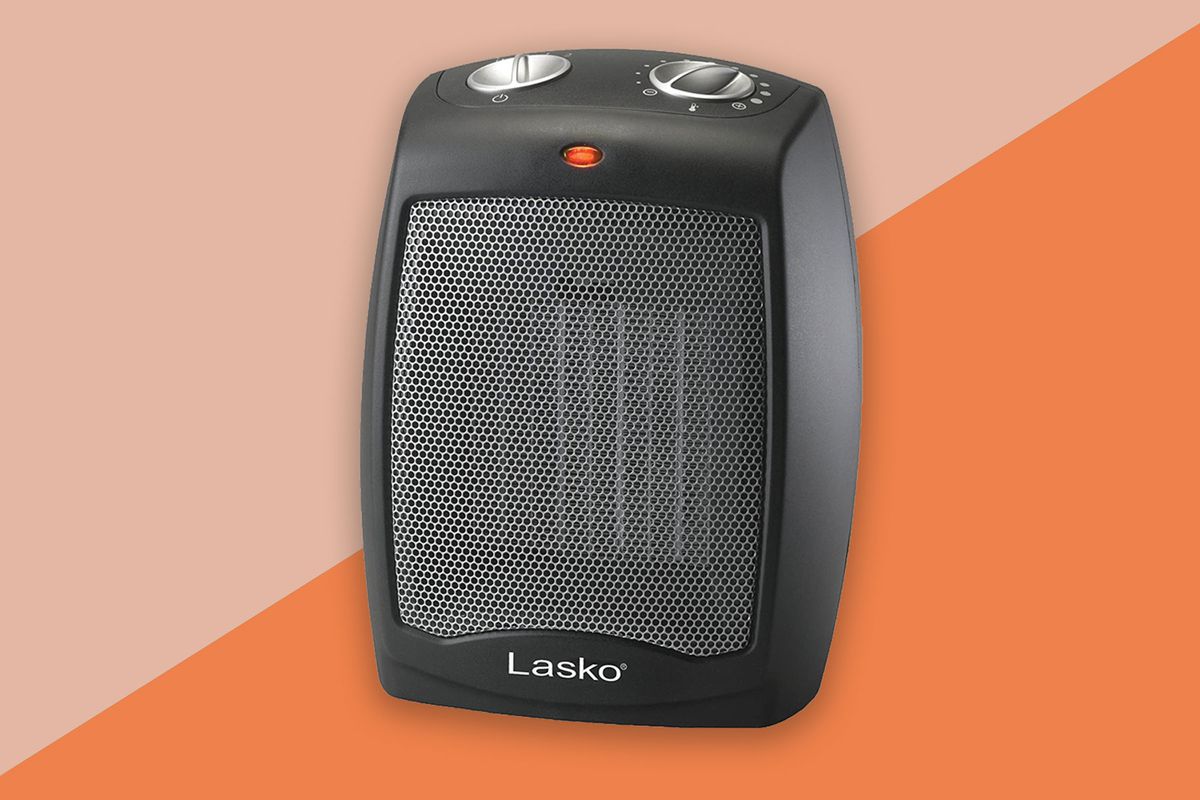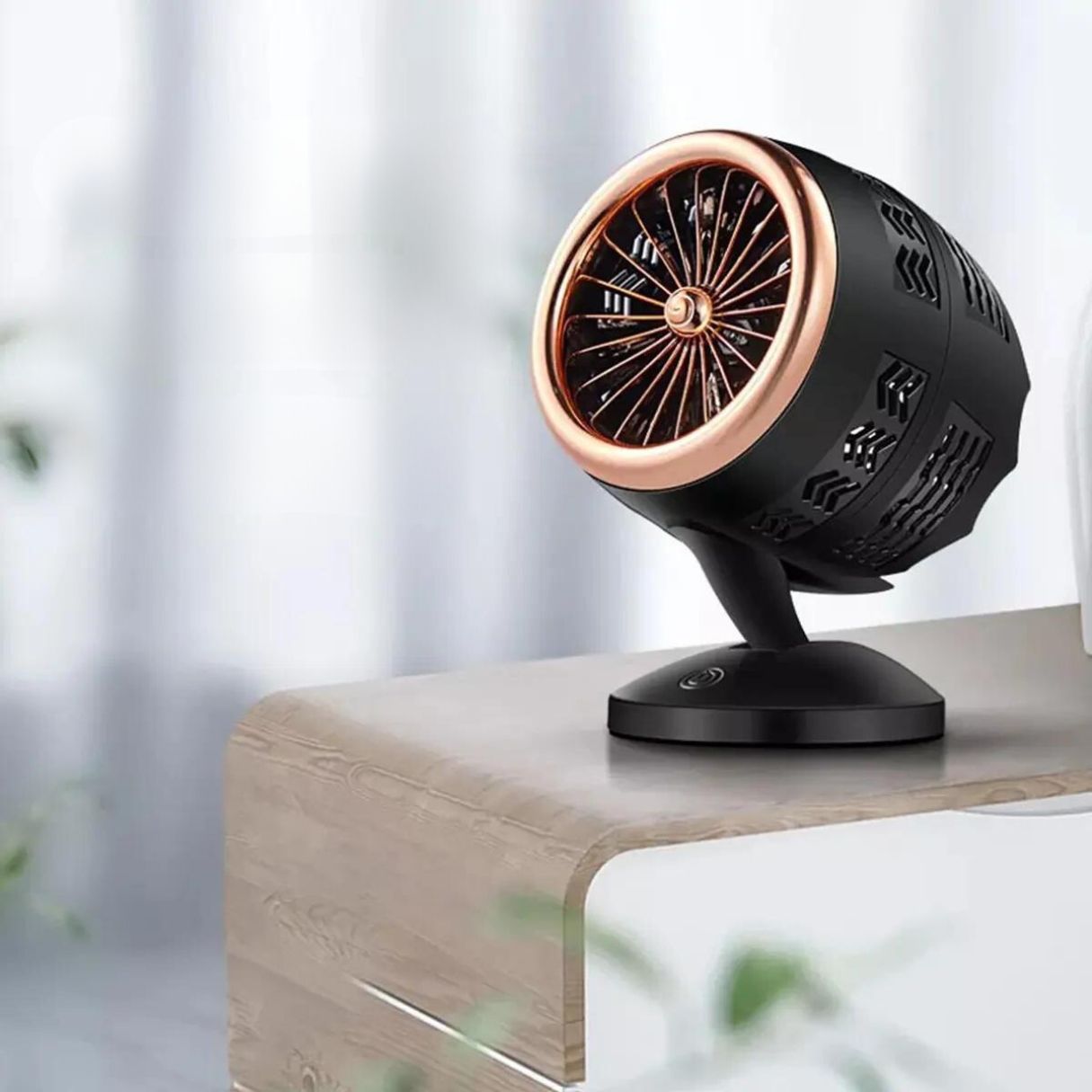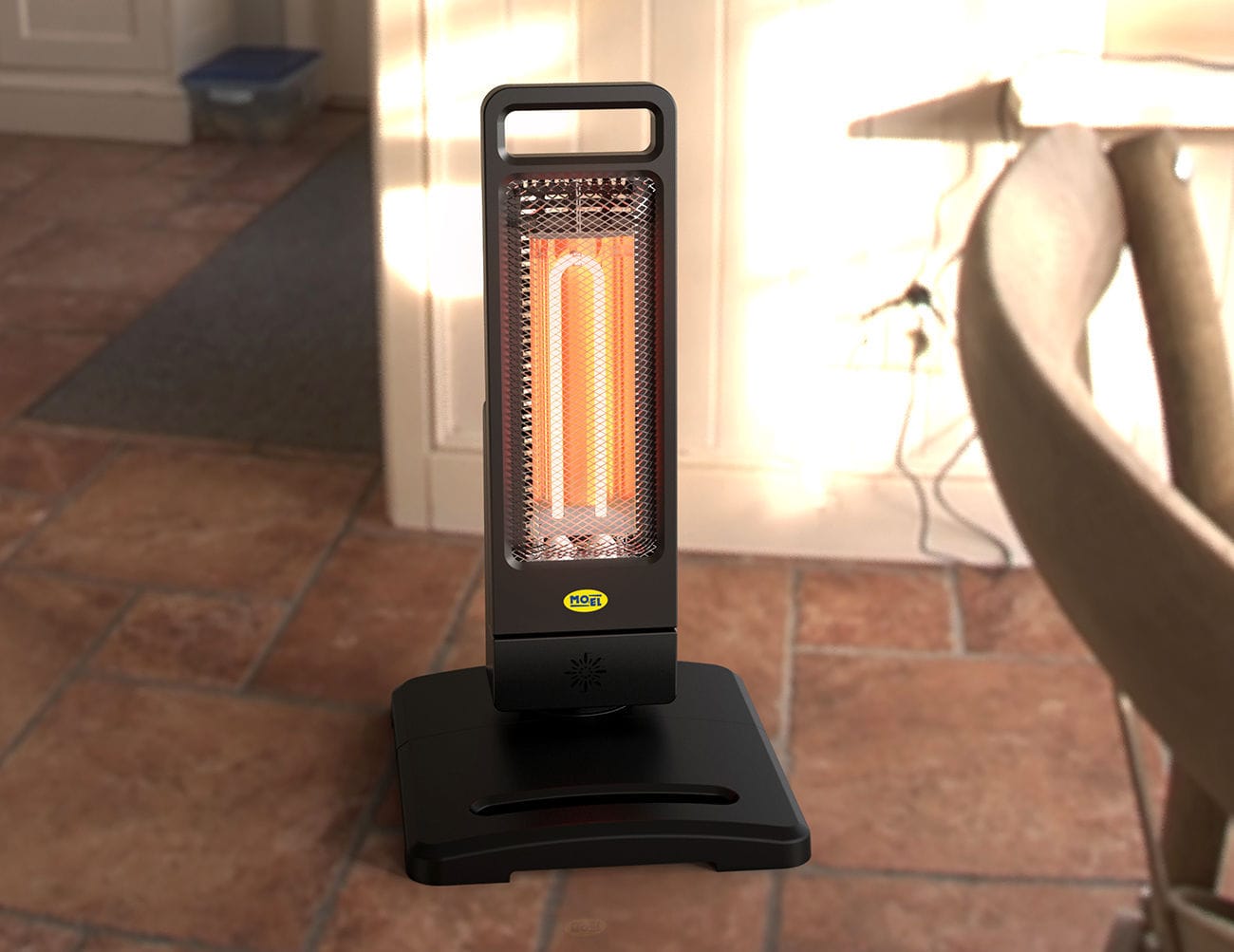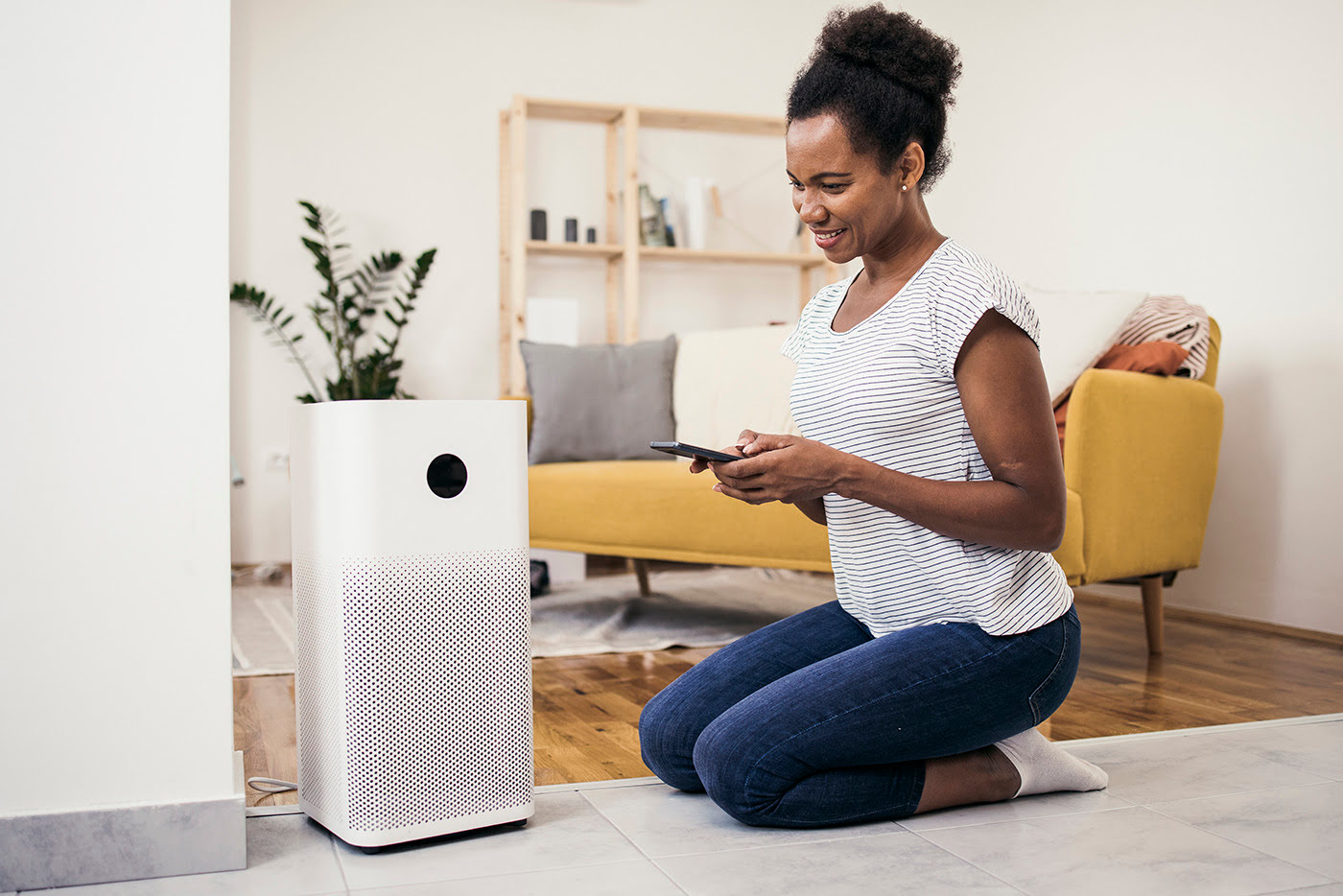Home> Space heater
Space Heater All-Stars: Top Picks for Cozy Homes!
Stay warm and cozy in your home with our top picks for space heaters! Discover the best space heater options for a comfortable winter.
What Are The Best Types Of Space Heater For Warmth And Cost Efficiency?
By: Samuel Turner • Interior Design
